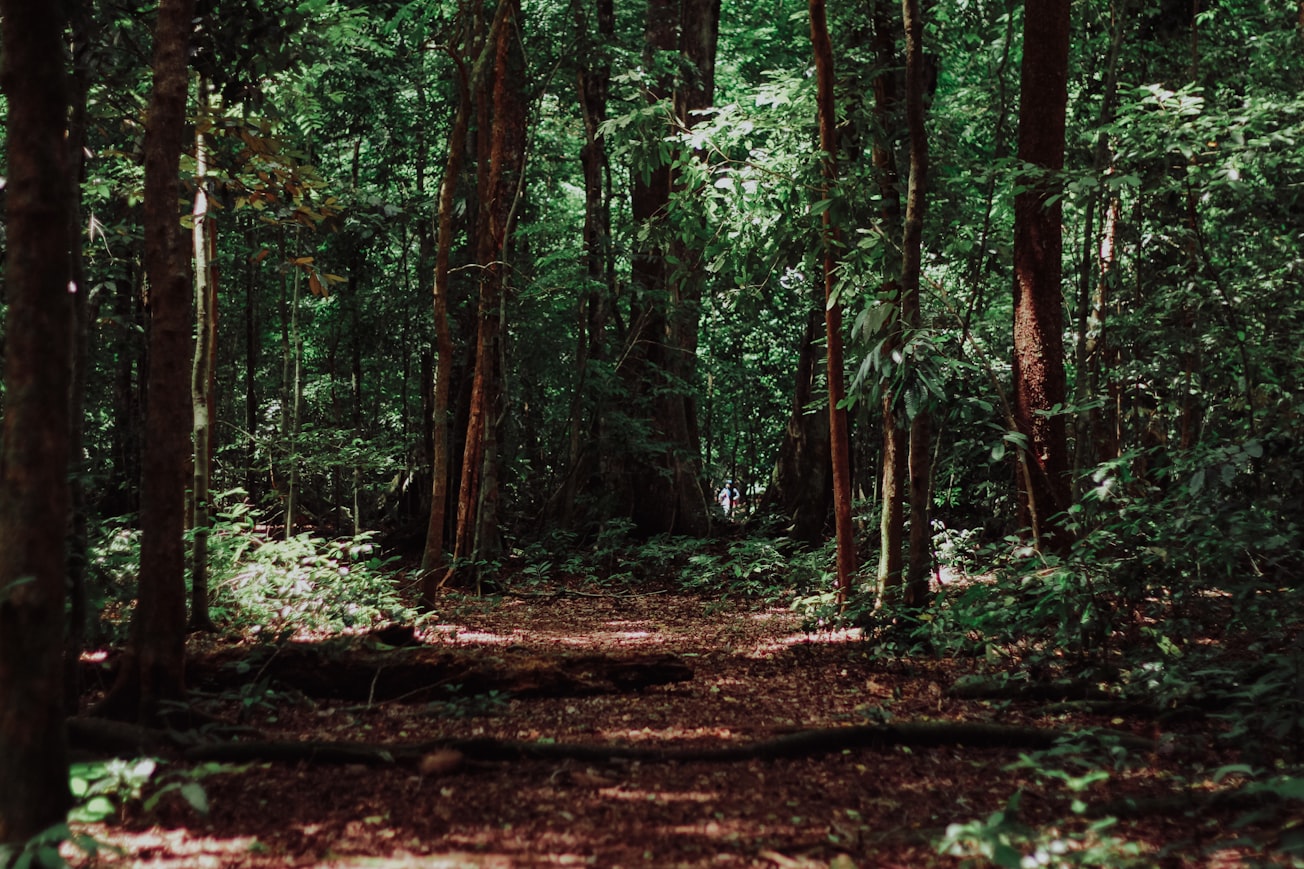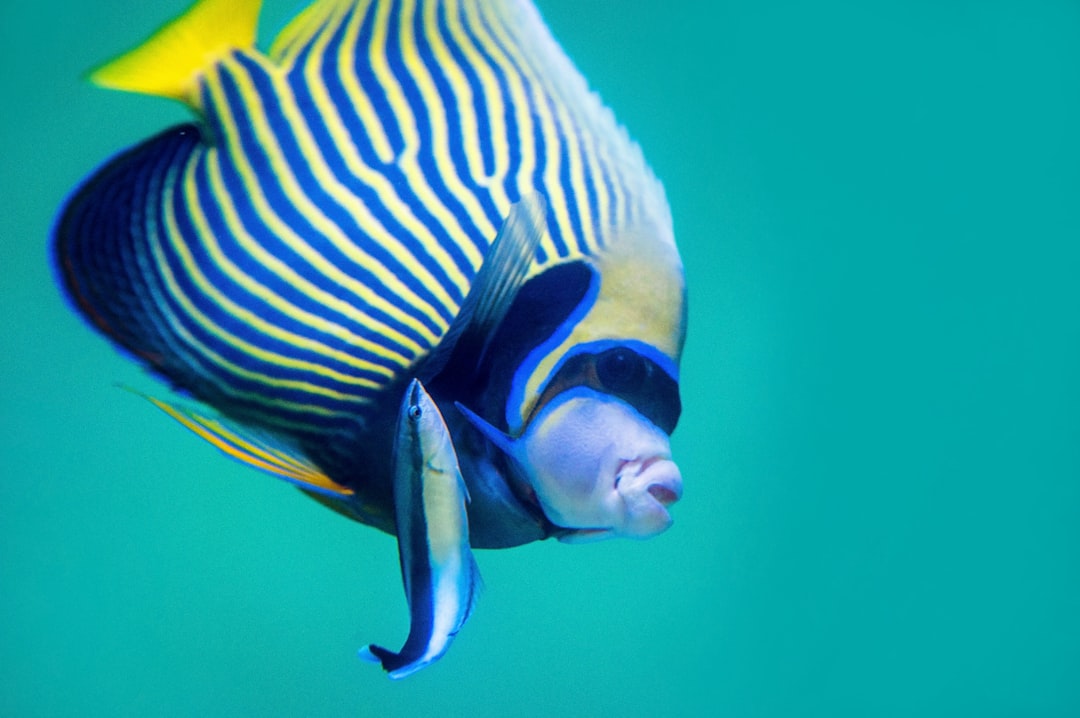What is it about?
Caterpillars face the daily challenge of acquiring nourishment from heavily-defended plants while avoiding ubiquitous predators and parasitoids. Their adaptations for survival include gut enzymes for breaking down plant toxins and cryptic coloration for blending into the background. Less well known is a behavioral adaptation termed leaf clipping. After partially consuming a leaf, tree-feeding caterpillars often use their mandibles to cut through the petiole. The uneaten leaf fragment falls to the ground. During the summer, green leaf fragments with severed petioles litter sidewalks and trails providing evidence of caterpillars overhead. Leaf-clipping is unexpected because the caterpillar expends time and energy to discard potential food. Bernd Heinrich first described leaf clipping in 1979 and suggested the caterpillars thereby remove tattered leaves that are conspicuous to bird predators. In a subsequent paper with Scott Collins, he provided evidence that birds can indeed use damaged leaves as a cue to find prey. Although intuitively appealing, caterpillar behavior does not conform with the visual cue hypothesis when examined more closely. As described in the PLOS ONE article, some caterpillars clip the leaf midvein and petiole repeatedly, as many as seven times or more. If the goal is to eliminate visual evidence of feeding, a single cut in the petiole should suffice. Second, caterpillars that advertise their distastefulness with brilliant colors also clip leaves, not just cryptic caterpillars hiding from predators. Third, videos of 26 caterpillar species in 5 families documented that caterpillars apply fluid to severed petiole stubs after clipping a leaf. In two species in the genus Symmerista, the fluid is bright red. Dissection documented that their labial salivary glands are also red, thus confirming that the fluid is saliva. Cross-sections of petiole stubs demonstrated that the red pigment in saliva moves rapidly down the xylem. Based on previous work by others, salivary components entering the petiole likely prevent the plant from mobilizing defenses in response to caterpillar damage. These defenses may include toxins and deterrents, plus volatile compounds that attract predators and parasitoids. Leaf clipping therefore probably serves both to maintain the acceptability of adjacent leaves where the caterpillar feeds next and to reduce the risk of enemy attack.
Featured Image

Photo by Imat Bagja Gumilar on Unsplash
Why is it important?
This research documents the convergent use of leaf clipping with saliva application by diverse tree-feeding caterpillars. Woody trees have evolved in many plant lineages; interestingly, caterpillars on these plants have evolved the same behavioral adaptation. Understanding how saliva impacts plant defenses will be especially important with leaf-clipping species such as Symmerista spp. that can defoliate entire forests during periodic outbreaks.
Perspectives
This research provided the opportunity to photograph and film remarkably colorful caterpillars, salivary secretions, and stained plant sections while re-visiting a hypothesis that has been in the literature for over 40 years.
David Dussourd
University of Central Arkansas
Read the Original
This page is a summary of: Salivary surprise: Symmerista caterpillars anoint petioles with red saliva after clipping leaves, PLoS ONE, March 2022, PLOS,
DOI: 10.1371/journal.pone.0265490.
You can read the full text:
Contributors
The following have contributed to this page










